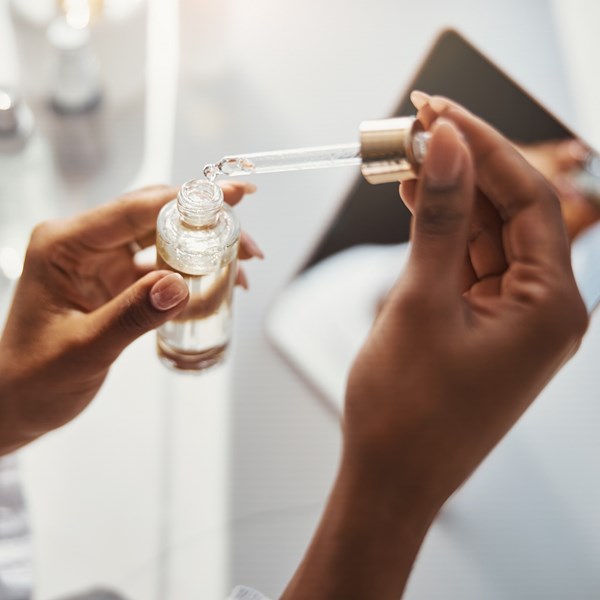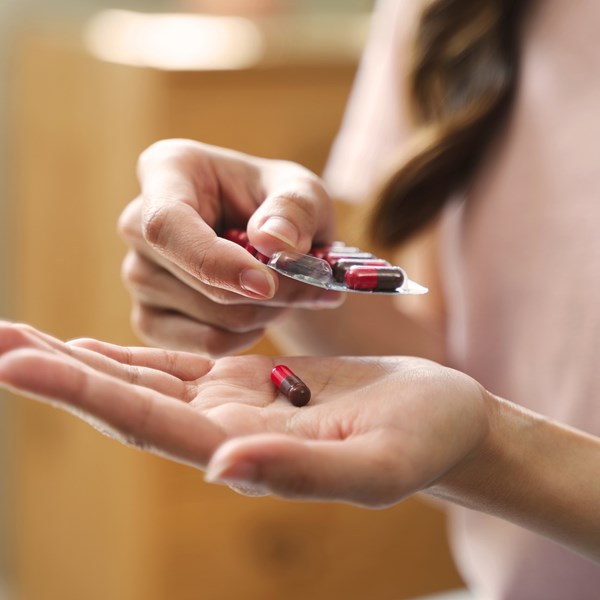Following my involvement with LSX’s Healthtech Leaders Virtual 2020 conference in September, I moderated the “Is your healthtech innovation investor-ready?” session at the LSX World Congress Virtual 2021 just last week.
While I represented IP law firm Potter Clarkson, an impressive group of panellists familiar with the pandemic-powered fundraising boost to the healthtech space joined me for the discussion.
Sidekick Health received a $20m Series A investment involving Asabys Partners in October 2020, while I advise both EarlyBird VC and Closed Loop Medicine in this space, so we’re all seeing the various sector-based shifts first-hand from one perspective or another.
Click here to watch the session for free.
CHALLENGES AND OBSTACLES
One of the major hurdles that still needs to be overcome within the market is the fact there’s a broad array of stakeholders involved. “The ecosystem we’re working in is not terribly simple,” says Tryggvi. “Obviously it's all about the patients, but we also have the healthcare professionals, providers, payers, pharma, pharmacies, EHR [electronic health record] companies, medical devices and each of them plays a different role. Then you have the regulatory landscape and reimbursement.” He pointed to an interesting overlap between functioning as a healthtech and medical device but noted that it needs the usability of consumer technology too for patient ease of use.
Building on Tryggvi’s comments, Hakim added that one of the key challenges for companies like Sidekick and Closed Loop Medicine is “going through the rigours of a deep clinical evaluation and regulatory processes to make sure that we have the highest standards to ensure that we can prove efficacy against or alongside traditional medicines.”
There’s another bottleneck for adoption though, which is infrastructure – if a robust set-up isn’t in place for professionals, that’s another obstacle to overcome. Closed Loop Medicine is designed to tighten the feedback loop between doctors and patients, exchanging information and intervening appropriately in real-time, whether that’s with devices or drugs, rather than just relying on in-person appointments to communicate. As Hakim highlights: “The challenge is still there for clinicians to be able to get used to prescribing something different and patients to be able to receive something different.” He calls for a uniform understanding across the board to better support patients and healthcare professionals alike in the long-term.
WHY ARE WE SEEING ADOPTION?
Like any sector, healthtech started off in its infancy and has begun maturing naturally as an ecosystem, while the advent of Covid and reluctance of people to leave their homes has generated increased interest in solutions among patients and investors alike.
For Tryggvi, the first wave of healthtech wasn’t representative of what is taking place in the sector today. “We have much more sophisticated solutions on the consumer tech side of things where it really does engage with patients and resonate with them,” he reasons. “But then also on the clinical side, we have clinically-validated solutions using big data sets and AI – solutions themselves are getting so much better.”
With buy-in and acceptance amongst patients and healthcare professionals that are adapting their workflows, this is paving the way for increased adoption.
BUT WHAT ARE INVESTORS LOOKING FOR WHEN DOING DUE DILIGENCE?
Clara of Asabys acknowledges that the disparate parties are an issue within the space, from the need to outline the impact of technology to regulators to communicating the added value proposition to patients. As a result, she has some worldly wisdom for businesses. “Make sure you have a global perspective,” Clara offers. An offering shouldn’t be too scientific, business or regulation-driven, instead they “need to have all the talents inside their company and vision to have a complete solution” to improve chances of success.
This global analysis was also an area of utmost importance for Thom at EarlyBird. He notes that one of the things commonly seen in all digital areas is that they’re typically geared towards a specific healthcare system. “I used to say that diseases are global, medical devices are global and pharmaceuticals are global, but care provisioning is very local – we see no hospital chains really act across the country, no physicians, offices or chains acting across the country. And as they’re care provisioning tools, the biggest question one needs to raise as a VC is: how global of a demand is there?”
That core question brings about another and another for Thom. Does this have the ability to change the market landscape for healthcare provisioning that will be global or at least regional? Will it be adopted in the same way in the US and Europe? “Most business proposals we actually observe, particularly in the UK or in Scandinavia where they generate [up to] €10 million euros of revenues, they haven’t or they're struggling to reach out across into another country. That's one thing we severely look at: how ready are they to reach out to another market and do they understand it?”
The trouble is, regardless of how much acumen a business has of a market, they must also be sure to actively educate local clinicians accordingly to overcome any reticence, considering their already substantial work pressures. Hakim notes that this teaching of the clinical community must be “significant” and detail “the way in which these digital therapeutics are being developed, the evidence base they carry with them, and the approvals that sit alongside them.” In turn, this will work towards offering “that level of confidence to a prescriber that this has been through the appropriate clinical rigour” with the likes of the MHRA in the UK or the FDA in the US.
STAYING FOCUSED ON THE ROAD AHEAD AND GROWING WITH THE MARKET
18 months ago, Sidekick had 12 members of staff and now there are over 50. Looking to Jeff Bezos for inspiration, Tryggvi refers to a “day one mentality” that the Amazon founder instilled in the company. “Every single day has to be as if it's the first day of the company or product, we’re never going to lean back, we’re always going to push and lean forward, and always keep innovating,” he says.
As such recruitment for Sidekick means looking for the necessary skillsets but also a cultural fit in would-be recruits that they can lean forward and demonstrate eagerness to innovate. “We really believe that a manager’s role is really just to pick the right team members and provide them with all the context, but then at the end of the day, the employee is the expert in their field, and they have to be what Netflix calls ‘informed captains’ they have all the information, but they are the captains in their field and make decisions in collaboration with their colleagues.”
WHERE DOES IP FIT INTO PROTECTING HEALTHTECH INNOVATIONS?
When approached by companies interested in investment, scanning the marketplace for competitors is the first step for the EarlyBird team. This analysis is followed by determining the intellectual property protection that’s in place around AI technologies and data sources, as well as the uniqueness and contractual security. “When it comes to patents, this is really difficult and honestly we are struggling with that,” Thom says. “We used to be a patent-oriented investor, i.e., make sure that your technology is protected. We’ve learned and understand that this is not possible in most of these investments and therefore we look at traction and market readiness because we believe that will actually be a good form of protection for many.”
Offering an entrepreneurial perspective, however, Hakim reveals that patents have been very important for Closed Loop Medicine as the nature of the business has meant protecting both the drug and digital element of the solution. “One of the reasons for doing this is obviously for protection,” he explains. “For us, pharma are our partners and what do pharma value? They value IP, they value regulatory protection, and they value clinical evidence. So, our approach to building a business has been based on these values.”
I hope you enjoyed reading that recap as much as I enjoyed writing it. The healthtech sector (and particularly digital therapeutics) for me is one that we’re really just scraping the surface of, which means there’s such potential to witness truly transformative tech manifest, so it’s incredibly exciting to see its continual development.
WATCH THE FULL SESSION







